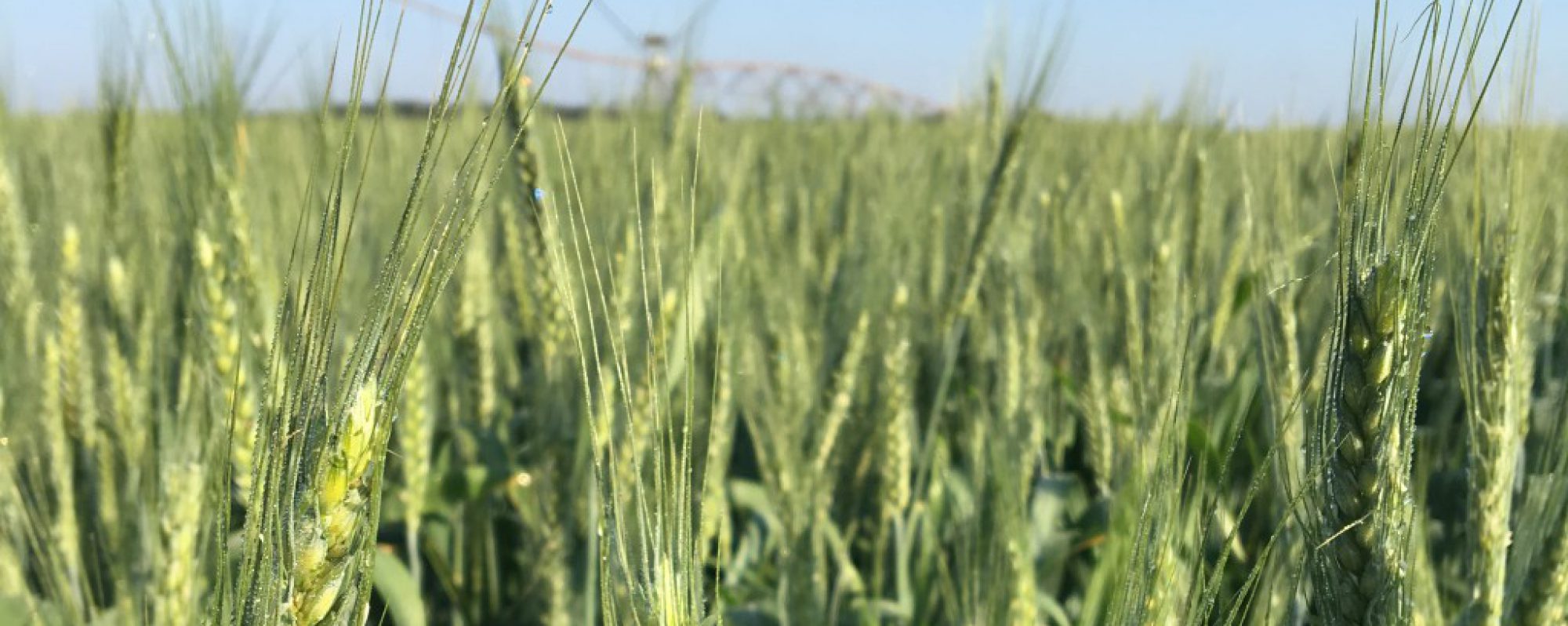Recent Posts
-
From Rome Ethredge Corn planting getting going now although moisture is short in some areas and some preplant watering is having to happen. Lots of ways to do it but grower here using pop up fertilizer 2×2 (2 inches over and 2 inches below the seed) and Velum in furrow for nematode suppression. Oat and…
-
Grass Herbicides for Pre-Plant Burndown?? (Culpepper and Prostko) Thinking about using a grass herbicide such as Select Max (clethodim) for pre-plant burndown? Have you seen any data suggesting this is a wise decision? Interestingly, there is a lot of buzz about using grass herbicides to burndown small grain cover crops and annual ryegrass because of…
Posted in: Weed Science -
An update from Dr. Prostko I continue to hear much chatter about the shortages/price increases for Roundup (glyphosate) and many other herbicides. Thus, I would like to remind you of some of the options available to field corn growers who are trying to be more judicious with their use of glyphosate and/or get away from it…
-
I have seen a few fields and heard of others that were at threshold for plant bugs this year. Below is a reminder for UGA recommendations on treatment: Plant Bug Thresholds: Cotton plants retain less than 80% pinhead squares and there are a reasonable number of bugs present. First two weeks of squaring:Sweep Net: 8…
-
JULY 19 Peanut: Many of our peanut fields have reached, or are rapidly approaching, 60 days after planting. During this time of the season it is important to protect a peanut crop from white mold and from leaf spot diseases. Currently, rainfall has been abundant in many of our counties. The rainfall is beneficial to…
-
The frequent rain showers we have had over the last month or so have caused many problems with growers who have not been able to get in the field to make pesticide applications. Since its now July 20 and getting late for just about everything, here are a few things to think about in regards…
-
From an insect pest perspective, May is usually all about thrips. Here are some things to know: Thrips abundance and movement are affected by weather. A model developed at NC StateUniversity can be used to view predicted thrips infestation in your area.https://products.climate.ncsu.edu/ag/cottontip/ An in-furrow insecticide application is recommended by UGA for thrips management in peanut.The…
-
Vigor or the rate of seedling growth influences seedling injury from thrips. Thrips initially feed on the underside of cotyledons; damaged cotyledons will appear silvery on the lower surface of cotyledons. The majority of thrips eggs are laid on the cotyledons and it takes about 5-6 days for an egg to hatch. Once a terminal…
-
The 2021 field corn production season has not been great. Cold, cloudy, wet weather has many farmers scratching their heads about the way some of their fields look. There are many possible causes of these problems (i.e. fertility, disease, insects, nematodes, weather, herbicide carryover, etc.). My colleagues and I have tried to address these issues…
-
Just a few “heads ups” this morning on what I am seeing or hearing about in the the fields now. The picture above was sent to me by Dr. Jared Whitaker and later he brough samples to Jason Brock in Tifton. Young seedlings wilting and dying soon after emergence with a tell-tale lesion girdling the…
